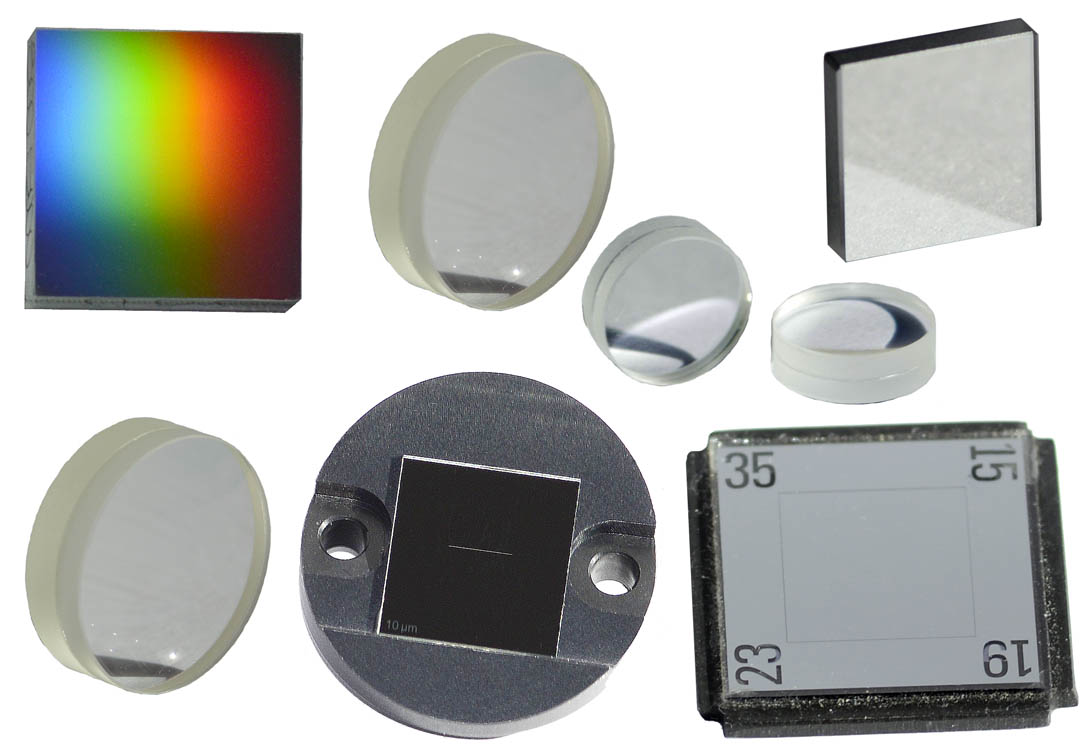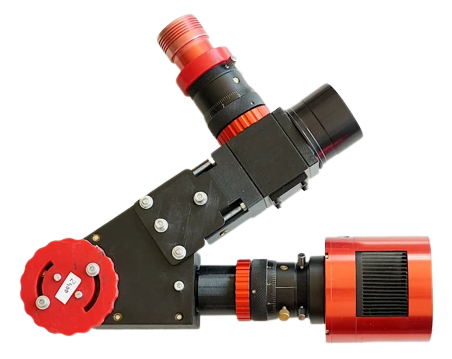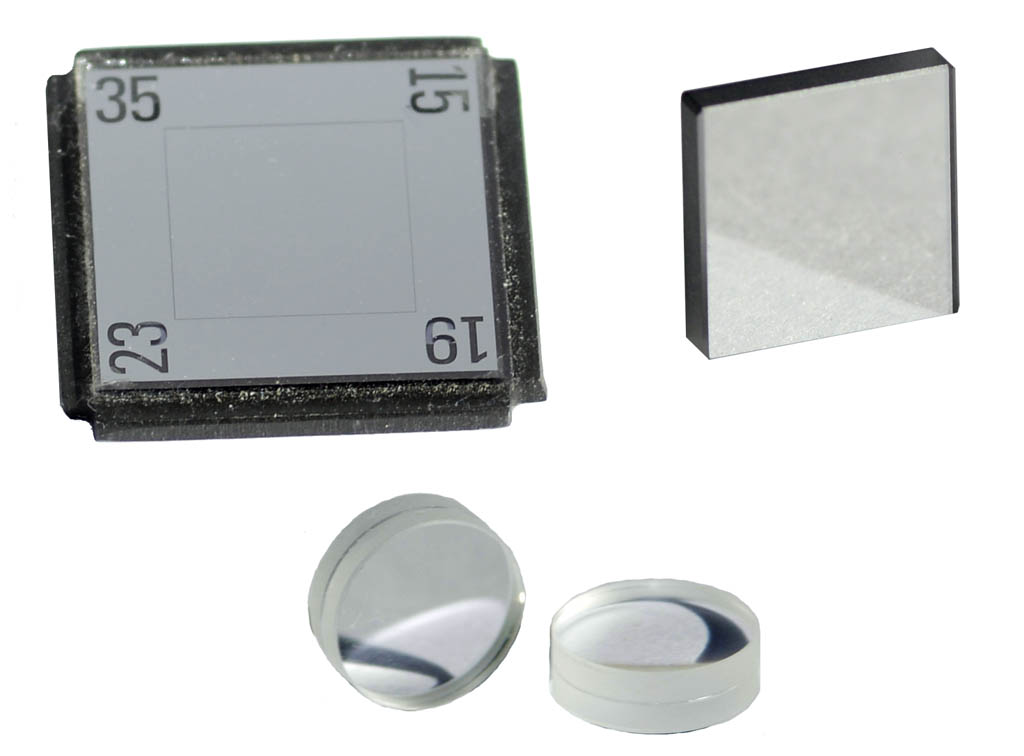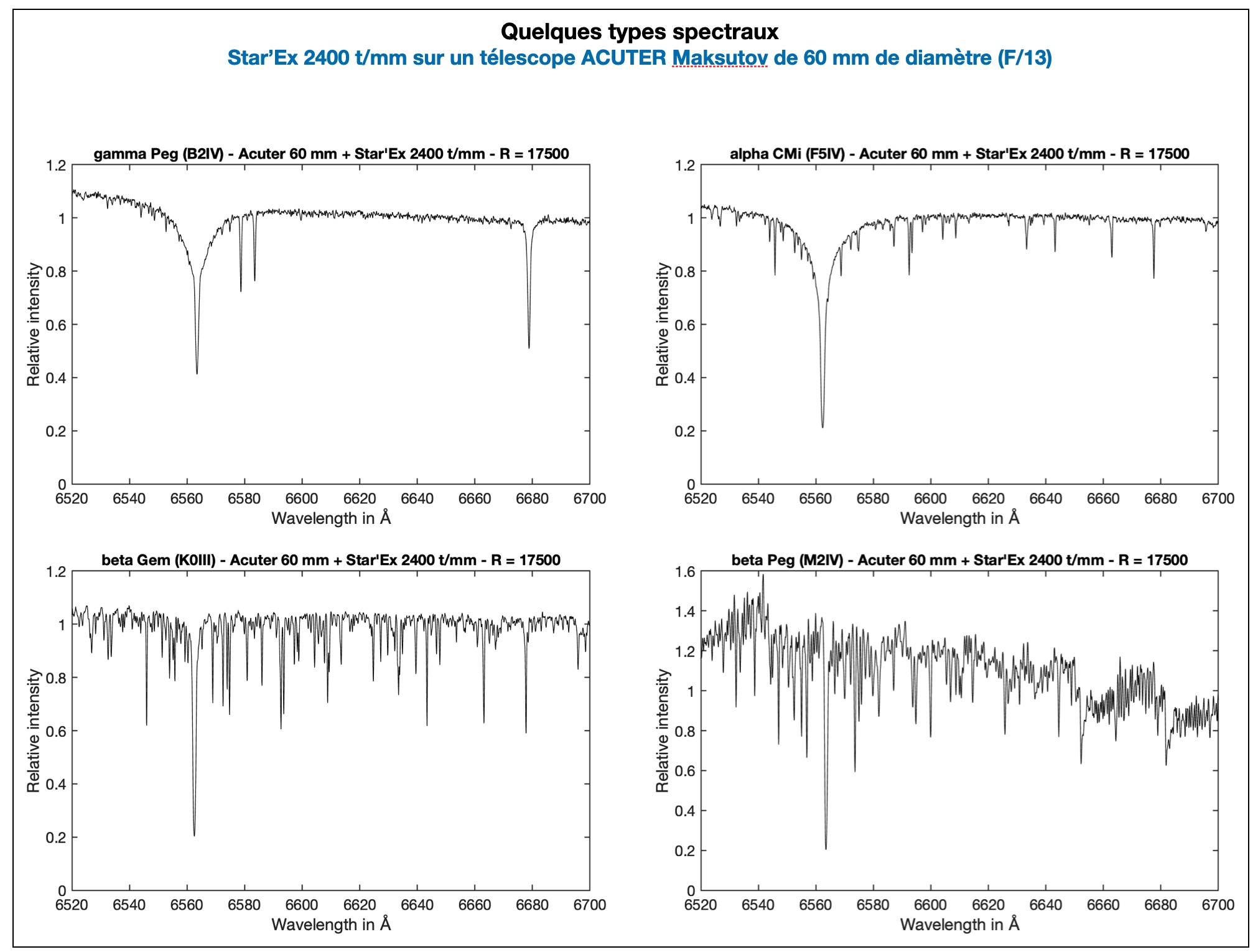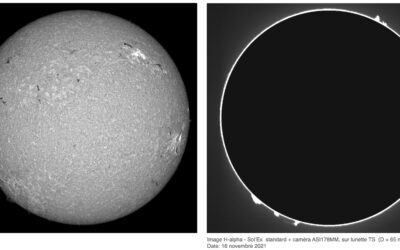Discover the workshops to learn all about the Sol'Ex (Solar Explorer): Optical kit / Sol'Ex observations / Motorization of the array, Vernier and thermal protection / DemoSol'Ex Tutorials PlaylistSolEx project workshop #1 SolEx project workshop #2 SolEx project...
Optical kit for Star’Ex HR spectrograph
224,00 € – 622,00 €
This optical kit lets you build a Star’Ex High Resolution (HR) spectroscope using 3D printing. It is fully compatible with the 3D printing files available on Christian Buil’s website, as well as with the mechanical kits offered by Azur3dPrint.
The Star’Ex lets you observe the spectra of bright objects (stars, nebulae, etc.) at high resolution, i.e. with great detail in the spectral profile.
Please note: this kit contains only the optical elements (see “Composition” tab): 3D-printed parts and additional elements (adapters, cameras, etc.) are not included.
Choose from the two possible options :
– Star’Ex HR optical kit, including everything you need to build a Sol’Ex or a Star’Ex HR
– Star’Ex HR add-on optical kit to turn your Sol’Ex into Star’Ex HR
All about this product
Description
Please note: this kit contains only the optical elements (see Composition tab). You’ll also need to source the 3D-printed parts and other components (cameras, accessories, etc.).
The Star’Ex project:
Star’Ex is a project proposed by Christian Buil, in line with Sol’Ex. A dedicated site gives you all the information you need to assemble and operate this instrument.
You make the parts using 3D printing (or have them made by a specialist), then assemble the instrument with the optical elements from this kit.
All the optical elements necessary to make a Star’Ex HR are included in this kit: slit, grating, lenses, guide elements, etc.
What’s more, a high-performance device offers several slit widths to adopt the Star Ex configuration to your telescope size and desired spectral resolution.
Note : with this optical kit, you also have all the elements necessary to create a Sol’Ex (we recommend that you start by doing a Sol’Ex: it would be a shame to deprive yourself of wonderful images of the Sun!). More information here on the Sol’Ex & Star’Ex project.
Do you already have a Sol’Ex? :
Just buy the Star’Ex HR optical kit and transform your Sol’Ex into a Star’Ex.
Example of a spectrum obtained with the Star’Ex HR :
Specifications
- Spectral resolution: R = 700 to R = 30,000 depending on the slit width chosen (R = wavelength / spectral finesse)
- Wavelength range: 400 nm – 700 nm
- Internal reduction ratio: 125 : 80
- 10µm slit for maximum resolution, or 15, 19, 23 or 35µm slit, depending on your telescope.
Composition
Ref : [ES0031]
For the Sol’ex part :
- [OP0176] Doublet with a diameter of 25.4mm and a focal length of 80mm
- [OP0181] Doublet with a diameter of 25.4mm and a focal length of 125mm
- [OP0177] 25 x 25mm 2400 tr/mm holographic grating
- [SE0253] A reflective slit 10 µm wide and 4.5 mm long on support
For guidance / Star’Ex
- [OP0080] Two doublets with a diameter of 12.5mm and a focal length of 50mm
- [OP0010] Mirror of 15x15mm thickness 3mm
- [SE0116] 4-position 15/19/23/35 µm multi-width slit
Star’Ex HR optical add-on kit
Ref : [ES0030]
- [OP0080] Two doublets with a diameter of 12.5mm and a focal length of 50mm
- [OP0010] Mirror of 15x15mm thickness 3mm
- [SE0116] 4-position 15/19/23/35 µm multi-width slit
Applications
You’ll also be able to measure radial velocities using the Doppler effect, see changes in the profile of a particular line, highlight a companion of a binary star, and even measure a magnetic field by adding a light polarization system as described in Guillaume Bertrand’s article.
If you’re upgrading to a larger-diameter telescope, you’ll need to adjust the slot width to suit your telescope’s focal length, using the 4-position slot supplied with this kit. The longer the focal length, the wider the slit. A larger telescope will give you fainter object spectra.
Note: When working at high resolution, the light flux arriving on the sensor is widely dispersed, so we’re limited to making targets of luminous objects. To produce spectra of fainter objects, you can use the low-resolution (BR) version of the Star’Ex, which will enable you to produce targets such as galaxies or quasars, but with the whole visible range in one go, spectro is always a matter of compromise.
Articles related to this product:
Spectropolarimetry or how to observe the magnetic field of a star with a 72mm telescope and a 3D printed spectrograph
By Guillaume BertrandI started astronomy at the age of 15, in 2003, with the opposition of Mars. I quickly joined the astronomy club "Village du ciel" based in Vendée to exchange with other amateur astronomers. My first instrument was a 114/900, I got all the...
Sol’Ex & Star’EX: a new way to approach astronomy
The Sol'Ex project (later followed by Star'Ex) offers a new way of "entering Astronomy": it is an approach that is affordable, simple, fun and fascinating. Here is what it is in a nutshell.Sol'Ex, to startSol'Ex is a project designed, organized and led by Christian...


